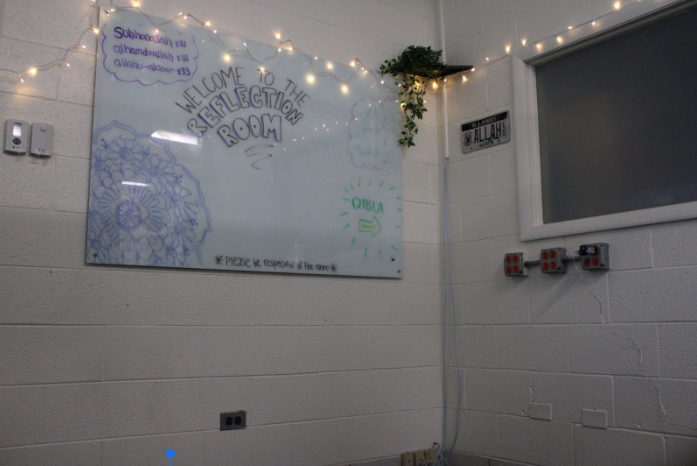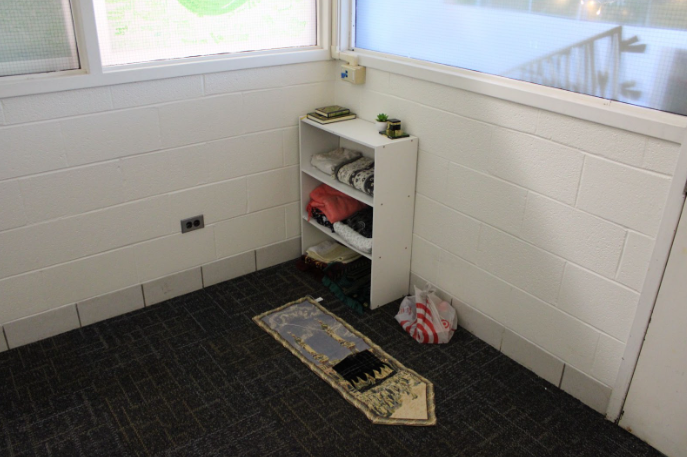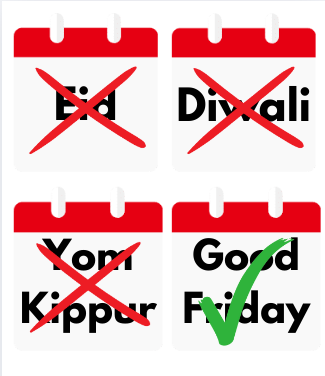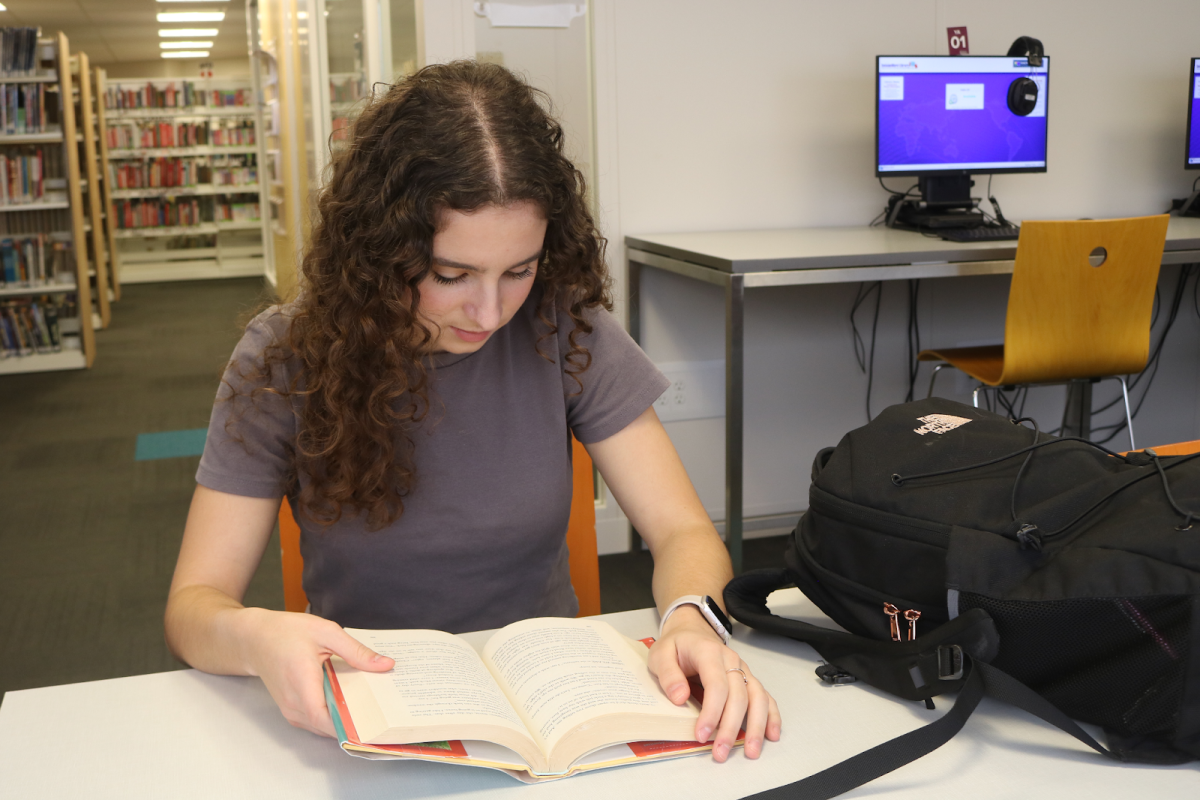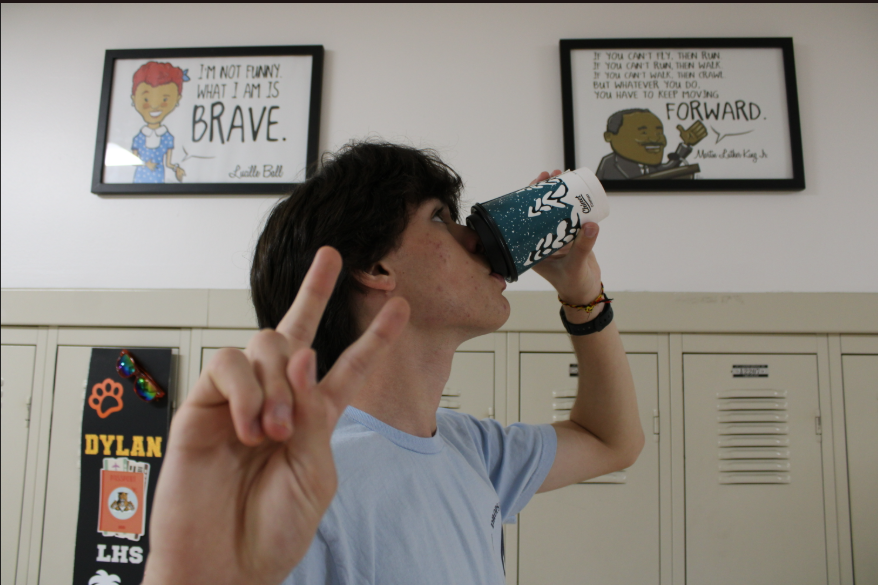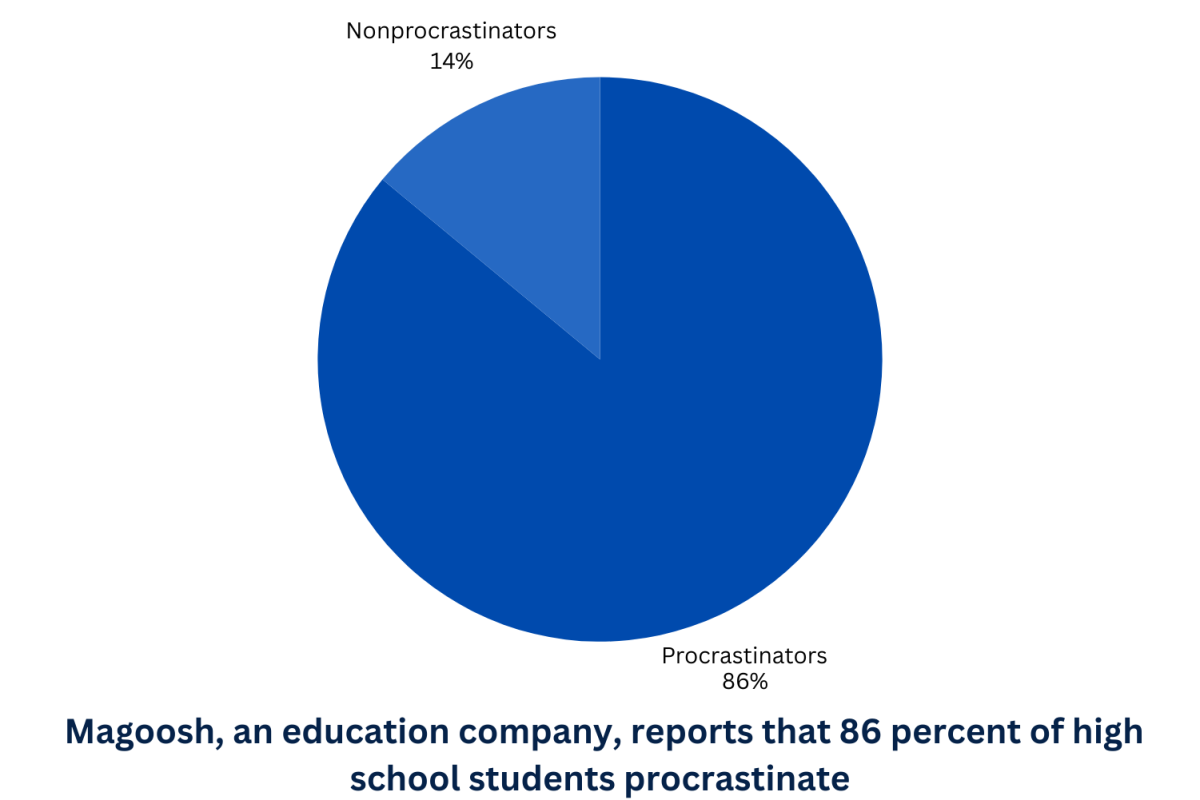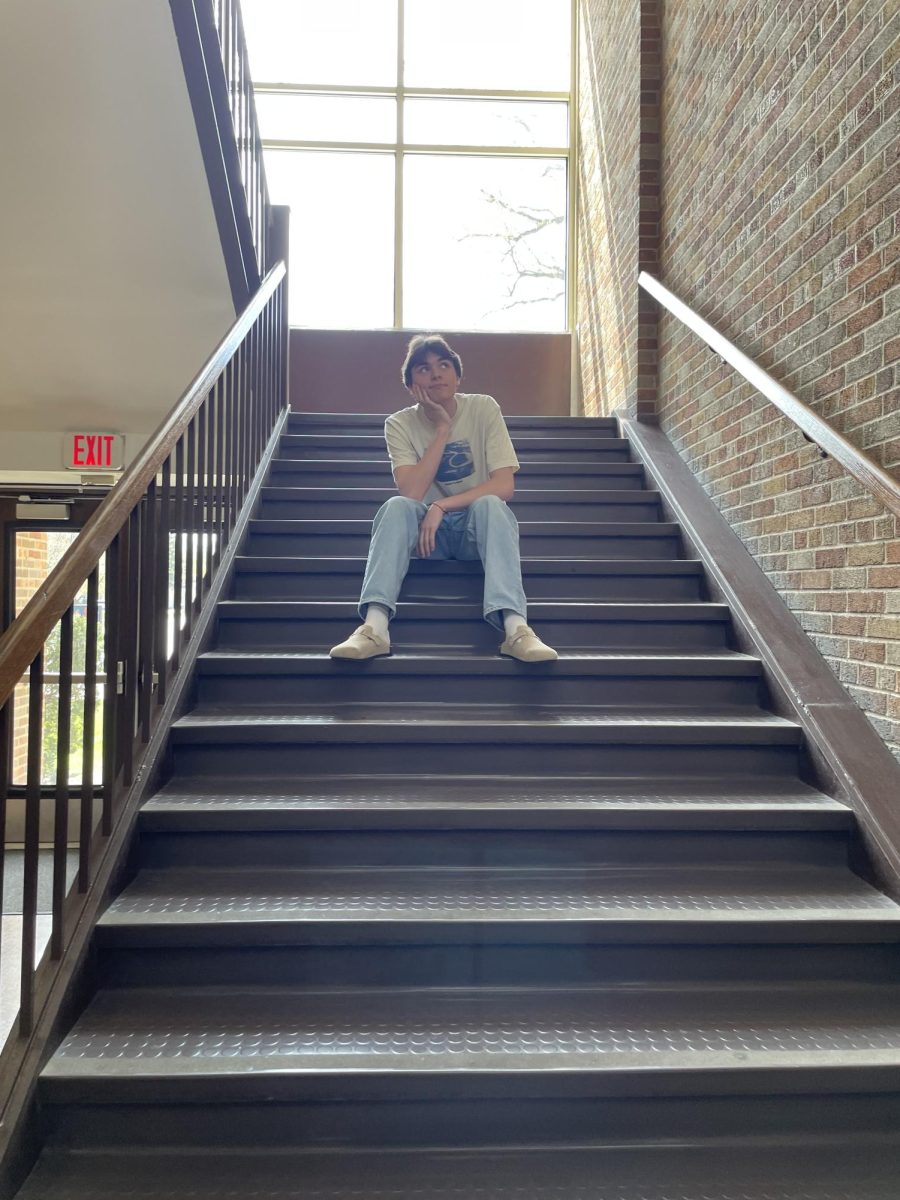Libertyville High School has a range of different religious beliefs. Whether it may be Christianity, Hinduism, Islam, Buddhism, or other religious beliefs, students at this school have the freedom to practice whatever they please. Although that may be the case, a certain problem that arises is the manner of which students go through said practice in the classroom.
Prayer In Class
For a large portion of religions, daily prayer is required for the individual practicing it, so how does a school handle a student having to pray while they might be in a class? There are multiple solutions to this issue. Libertyville High School currently provides an individual prayer room located in the Drop-In Lab, but is currently only available for one student at a time. Another possible concern with this specific facility is that it might not be accommodating to students whose religion might require a certain item or text. A possible solution to this dilemma could be an upgrade of the space including an enlarged space and some sort of separation between different students to ensure privacy, and allowing them to bring in any personal item necessary for prayer.
The Pledge Of Allegiance
The Pledge of Allegiance is ingrained into every American high school student’s mind. Most students don’t mind standing up, putting their hand on their heart, and looking at the flag as the pledge of allegiance is burned everyday into their ears. Though this may be the case, there is a portion of the pledge which is found as problematic when it comes to bringing religious diversity to American classrooms. One line includes the statement, “And to the Republic for which it stands, one Nation under God, indivisible.” Why are students in classrooms forced to pledge their allegiance towards a monotheistic Christian God when up to 27 percent of American students do not resonate with Christianity, according to a survey conducted in 2019 by the Pew Research Center? A possible solution to this issue is to change the Pledge of Allegiance to accommodate a wider net of religious beliefs. The method to achieve this is relatively simple;: allow for a larger time frame for the moment of silence so students would actually be able to use that allotted moment to pray to whatever deity or deities they align with, and change the pledge to include the phrase “under God” to “under America.”
Teaching Religion In The Classroom
The way religion is taught in the current public school curriculum does not include much individual focus towards any particular practice or being able to help anyone practicing a particular religion learn about what faith they resonate with. Religion is taught at the moment in a method that could be seen as possibly too vague by glossing over a myriad of religions in social studies class to not offend any student, instead of informing them. Possible solutions to this could be having a class dedicated to the study of religion where teachers could actually thread through these religions with a fine-tooth comb rather than reviewing them from a bird’s eye view. Having classes similar to the concept of Bible study available to students, where they can practice whatever prayers or readings they might have to complete for their particular faith, is another option.
Banning Of Books and Religious Conflicts Within The Classroom
The banning of certain books because it conflicts with a religious belief has been a hot point of discussion in American politics as of late, particularly books containing any character that may be LGBTQ+. Religious parents claim that having these books in the library could be damaging to their children, as it promotes something seen as blasphemy. A possible fix could be to just not read the books, or have a certain section of a school library containing content deemed unsavory by Christian parents. These problems with text in schools contradicting a person’s religion can lead to a lack of freedom for religious faith itself.
Concerning conflicts with the content in class being contradictory to whatever faith a student might follow, there is already a current solution to this issue. A school policy already in place solves this by providing a form to students who might find certain portions of a class curriculum they might find inappropriate. All they have to do is fill out what content they deem unacceptable and submit it to their school so they can be accepted from whatever portion of said class.
Religion can and should be commonplace in the classroom, but there has to be true freedom for students who practice. High schools should be accommodating to every student’s beliefs and offer proper facilities to students who need them.


